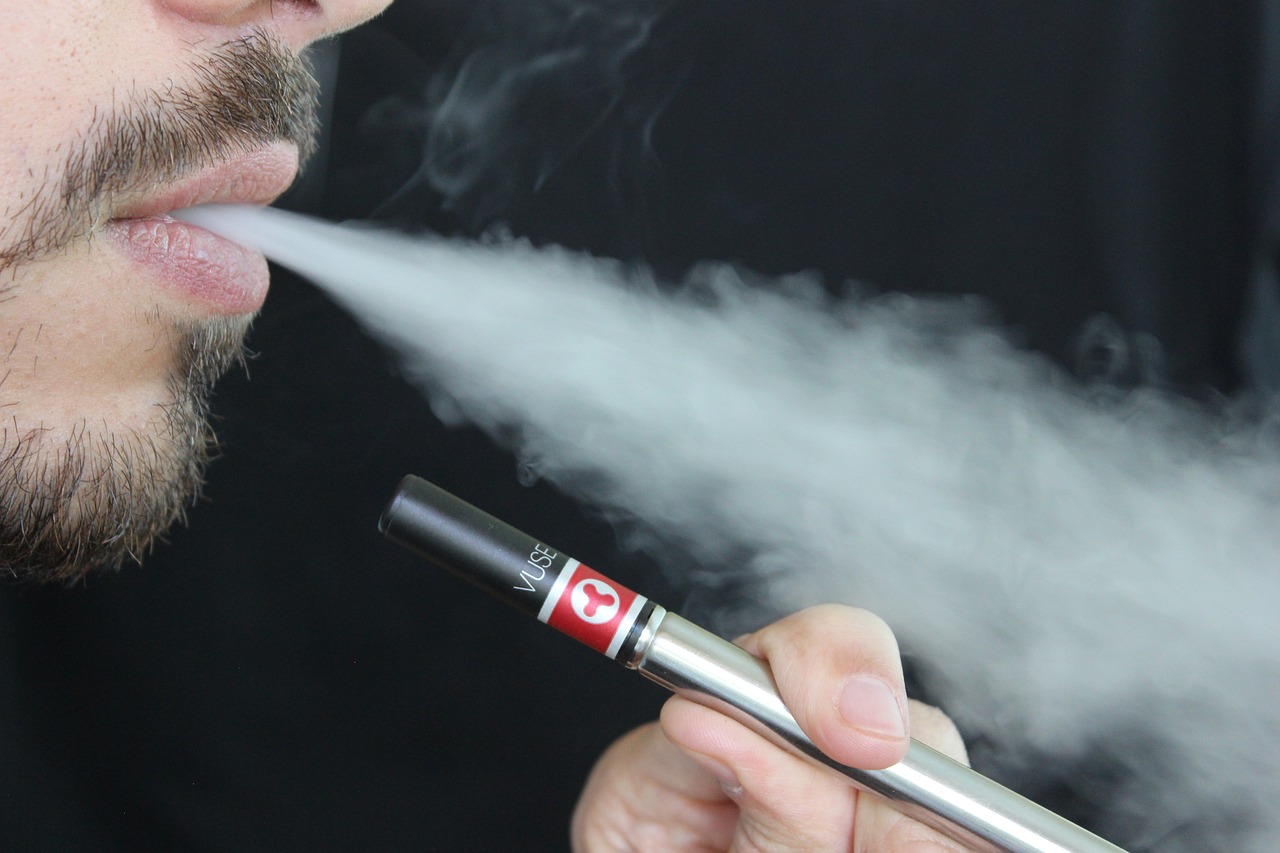Understanding the Evolution of Vaping
The Story Behind Hon Lik’s Invention
Hon Lik, a Chinese pharmacist, is credited with inventing the electronic cigarette in 2003 as an alternative to traditional cigarette smoking. Lik’s motivation stemmed from his father, a heavy smoker who eventually died of smoking-related illnesses. His invention aimed to provide a safer method for consuming nicotine. The e-cigarette, powered by a battery, vaporizes a liquid solution containing nicotine, offering users a smoke-free way to experience the sensation of smoking.
The original e-cigarette design consisted of a battery, vaporization chamber, and cartridge with a nicotine solution. Lik’s invention revolutionized the smoking industry, sparking the development of various vaping devices and products that continue to evolve today.
How Vaping Differs from Traditional Cigarettes
Vaping differs from traditional smoking in that it involves inhaling vapor from an electronic device rather than combusting tobacco. While traditional cigarettes produce harmful tobacco smoke through combustion, e-cigarettes heat a liquid that users inhale as vapor. This eliminates the need for combustion and reduces the intake of harmful chemicals present in cigarette smoke.
Furthermore, vaping offers users the flexibility to adjust nicotine levels and choose from a variety of flavors, appealing to individuals seeking alternatives to conventional tobacco products. The switch to vaping has been considered by many as a less harmful option compared to smoking cigarettes.
Health Effects of E-Cigarettes
Impact of Cigarette Smoke vs. Vape Inhalation
The inhalation of cigarette smoke exposes individuals to a myriad of harmful chemicals, including tar and carbon monoxide, leading to various health issues such as lung cancer and respiratory diseases. In contrast, vape inhalation involves heating a liquid that produces vapor containing nicotine, flavorings, and other additives. While vaping is not without risks, it generally produces fewer toxic compounds than cigarette smoke.
Research indicates that vaping may be a less harmful alternative to smoking, especially for individuals struggling to quit traditional cigarettes. However, the long-term health effects of e-cigarettes are still being studied to determine their overall impact on health and well-being.
Quit Smoking: Can E-Cigarettes Aid in Smoking Cessation?
One of the debated aspects of e-cigarettes is their potential role in smoking cessation. While some individuals have successfully used vaping to reduce or quit smoking, others argue that it may prolong nicotine addiction. Organizations such as the Department of Health and Human Services have emphasized the importance of evidence-based strategies for smoking cessation and caution against non-smokers, especially youth, using e-cigarettes.
The debate continues on whether e-cigarettes are a viable tool for quitting smoking, with ongoing studies assessing their effectiveness and safety in aiding smoking cessation efforts. Understanding the risks and benefits of using e-cigarettes to quit smoking is crucial in promoting public health initiatives.
Public Health Concerns Surrounding Vape Usage
The rapid rise in e-cigarette use has raised concerns among public health officials regarding potential health risks and youth exposure to vaping. The flavored e-liquids and appealing designs of vaping devices have attracted younger demographics, leading to an increase in nicotine addiction among youth and young adults. Efforts to regulate e-cigarettes and prevent their access by minors are ongoing to address these public health concerns.
Additionally, reports of vaping-related lung injuries and the presence of harmful substances like vitamin E acetate in some vaping products have further underscored the importance of regulating the manufacturing and marketing of e-cigarettes. Public health agencies continue to monitor and assess the impact of vaping on communities to safeguard public health and well-being.
Exploring the Components of Electronic Cigarettes
Understanding Propylene Glycol in Vaping Products
Propylene glycol is a common ingredient in e-liquids used in electronic cigarettes. It is a colorless, odorless substance that helps create the vapor produced when e-liquids are heated. Propylene glycol is generally recognized as safe by regulatory authorities when used in accordance with guidelines, although some individuals may experience mild allergic reactions to it.
When heated, propylene glycol transforms into vapor that users inhale, delivering nicotine and flavorings. While considered safe for most users, individuals with specific sensitivities or allergies should exercise caution when using vaping products containing propylene glycol.
The Role of Nicotine in Vaping and Health Risks
Nicotine, a stimulant found in tobacco, is a primary component in many e-liquids used in electronic cigarettes. While nicotine is addictive and can have adverse health effects, vaping allows users to control their nicotine intake by selecting different concentrations or opting for nicotine-free e-liquids.
Excessive nicotine consumption can lead to nicotine addiction and potential health risks, particularly for vulnerable populations such as youth. Education on the risks of nicotine addiction and responsible use of vaping products is essential to mitigate potential health consequences associated with nicotine exposure.
The Rising Trend of E-Cigarette Use Among Youth
E-Cigarette Consumption Among Youth: Trends and Concerns
The increasing popularity of e-cigarettes among youth has raised concerns about nicotine addiction and its impact on developmental health. Young individuals may be more susceptible to nicotine addiction due to developing brains and impressionable behavior. High rates of e-cigarette use among youth underscore the need for preventive measures and educational campaigns to address this growing public health issue.
Monitoring trends in e-cigarette consumption among youth is crucial for understanding the factors influencing their use and implementing targeted interventions to curb the rising prevalence of vaping among young demographics. Collaborative efforts involving schools, families, and public health agencies are essential in combating youth e-cigarette use and promoting healthier lifestyle choices.
